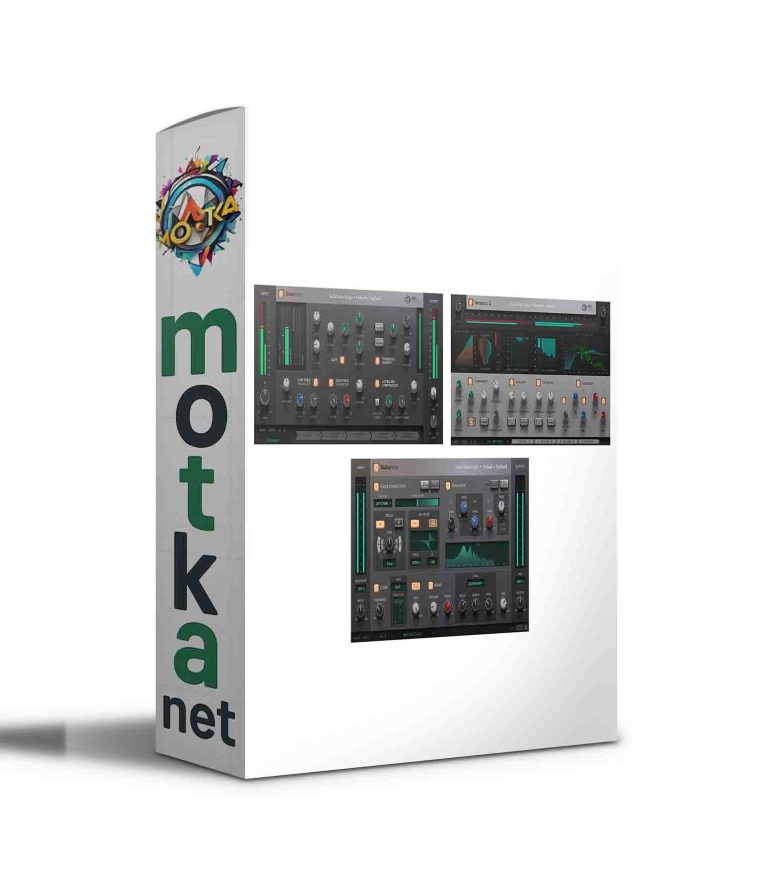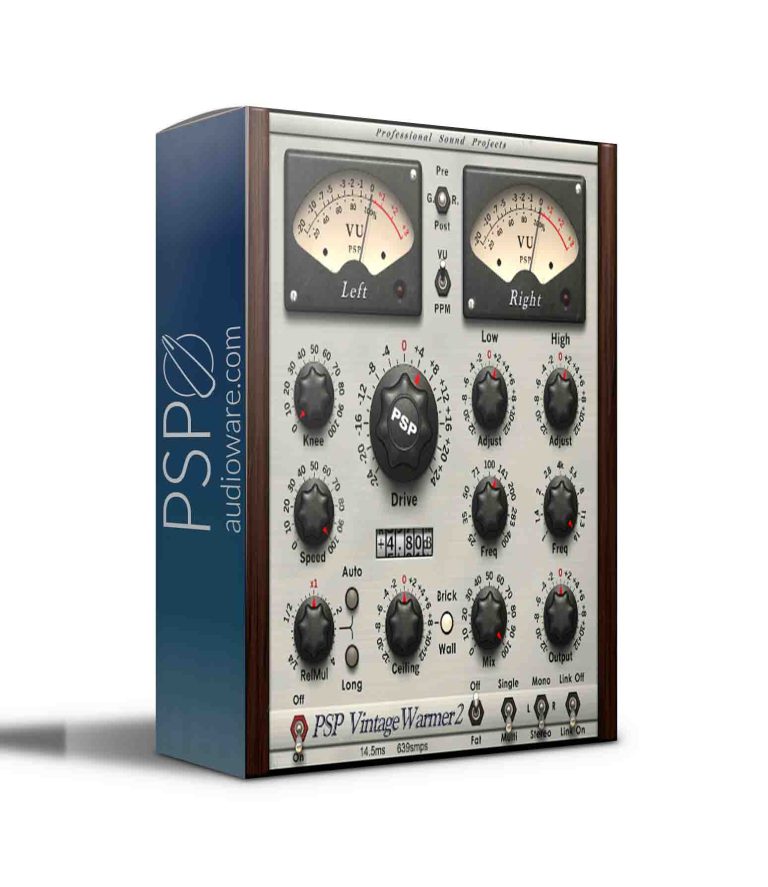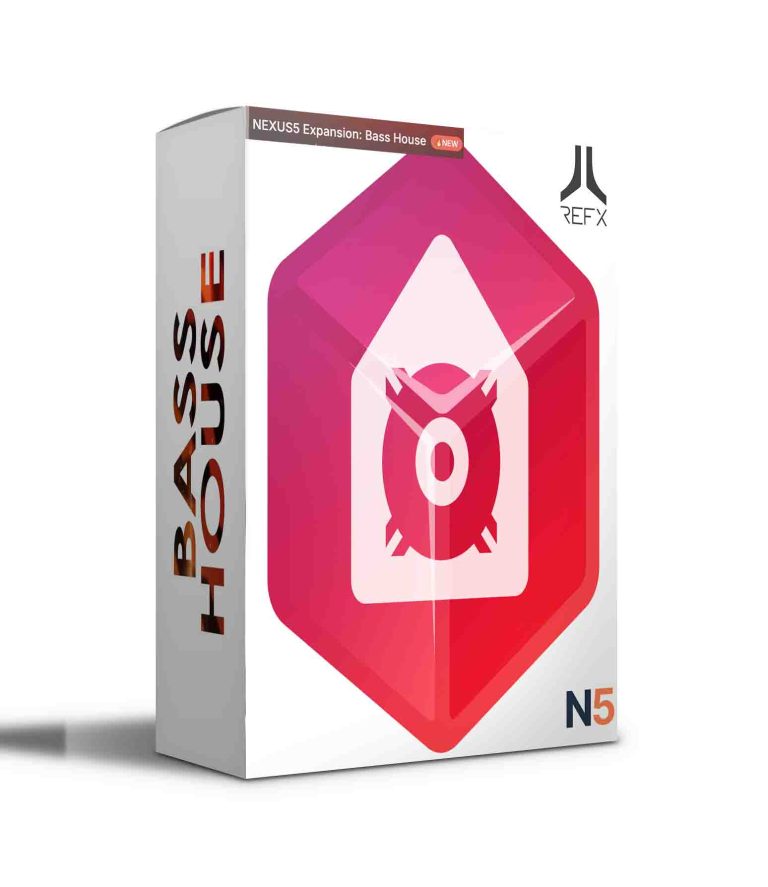Unreal Engine 5.4 Free Download
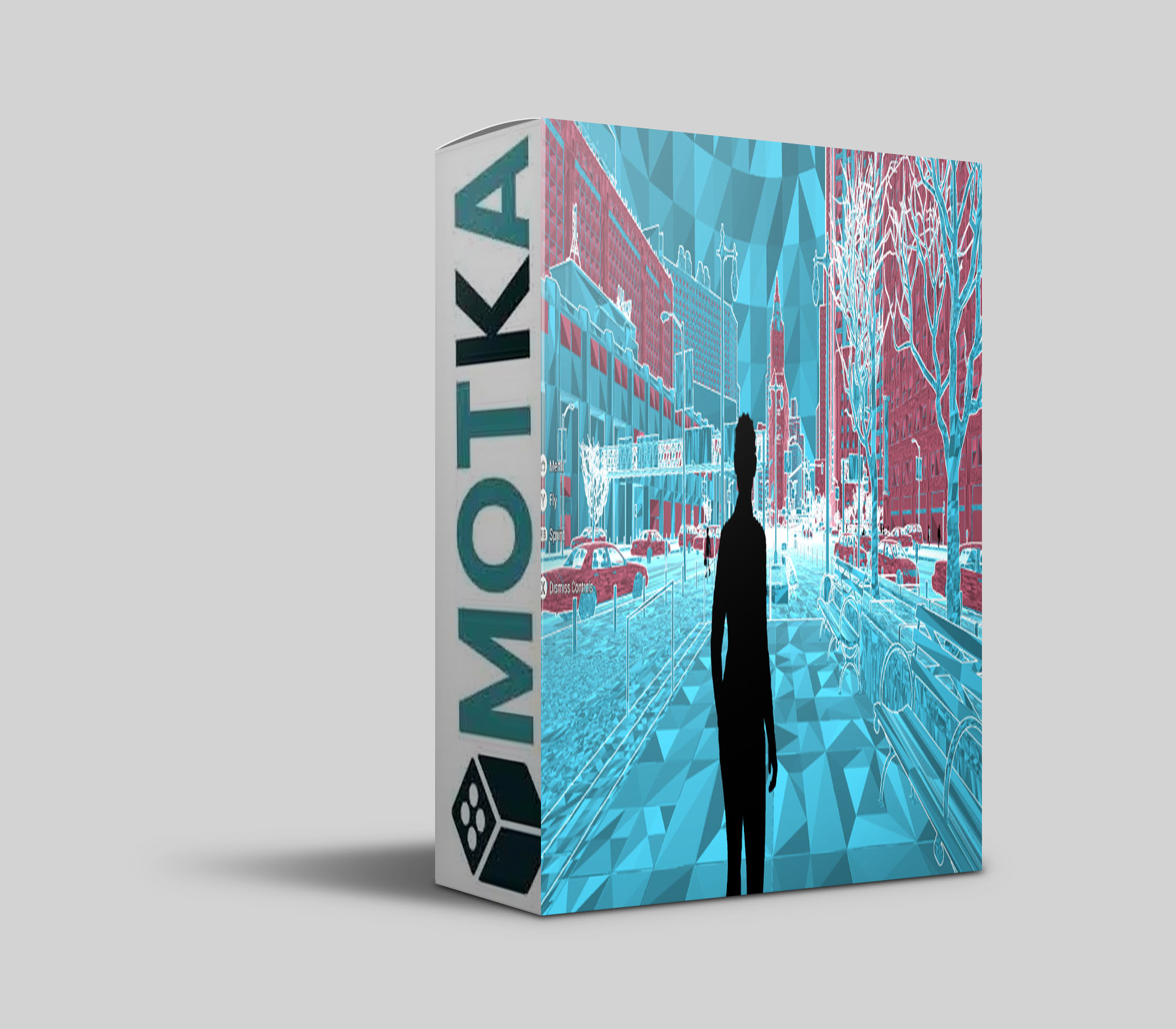
Epic Games has released Unreal Engine 5.4, the latest version of the game engine.
It’s another huge update, adding a complete new Motion Graphics Mode for motion design work, a new modular character rigging system, and automatic animation retargeting.
There are also updates to the virtual production tools, to offline rendering workflows for visual effects and animation, to Nanite geometry streaming, and to Unreal Engine’s physics toolsets.
Below, you can read our pick of the five main new features in Unreal Engine 5.4 for CG artists, as opposed to programmers, along with a summary of the other key changes.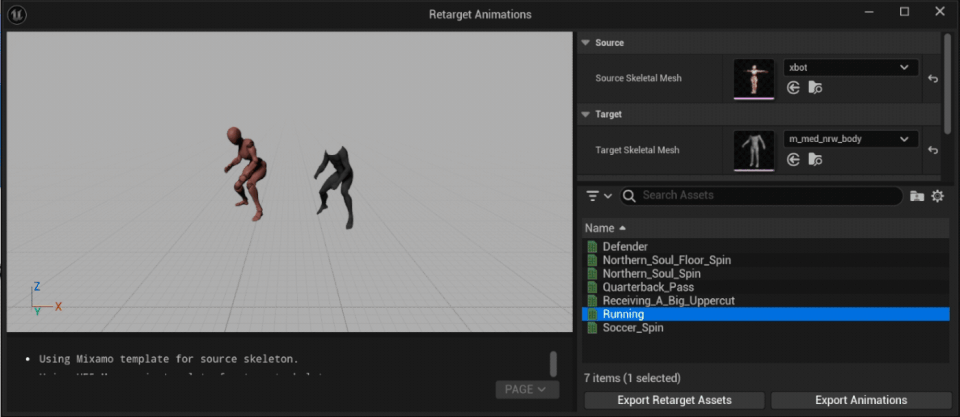
1. Motion design: a complete new Motion Graphics Mode
By far the largest new toolset in Unreal Engine 5.4 is the new Motion Graphics Mode.
It provides a pretty comprehensive-looking set of features aimed at one of the few sectors of the CG industry that Epic Games hasn’t targeted so far, Unreal Engine having now been widely adopted for animation, VFX, virtual production and visualization as well as game development.
Described as having been developed “in conjunction with leading broadcasters”, Motion Graphics Mode combines features that will be familiar to motion designers used to offline tools like Cinema 4D’s MoGraph toolset with features targeted at real-time broadcast graphics.
In the first category, artists get access to a range of 2D and 3D primitives, a SVG importer for importing vector art, and Geometry Modifiers for modifying geometry procedurally.
For duplicating assets, there are a set of Cloners built on top of Unreal Engine’s Niagara particle system, and sets of Effectors and Effector Forces to animate the clones.
There are also a lot of supporting features like viewport rulers and guides, object aligment tools, a layer-based material system, and updates to existing features like 3D text and the World Outliner to make them easier to use in motion graphics workflows.
In the second category, there are a range of features for controlling the playout of on-air graphics, including a new Broadcast Rundown tool and a Transition Logic system.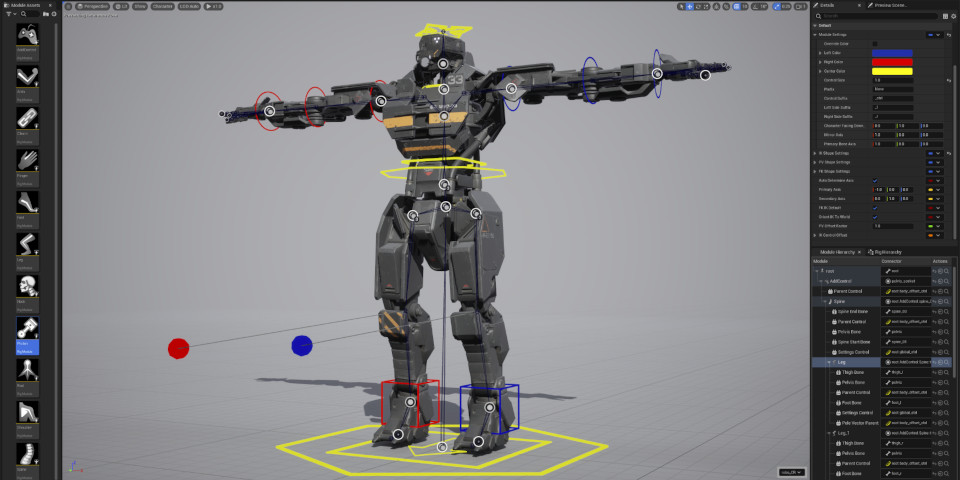
2. Character rigging: new modular control rig (Experimental)
Character artists get an experimental new Modular Control Rig system.
It is intended to make character rigging more intuitive, making it possible to create custom animation rigs directly in the viewport by linking together a set of modular components.
Users can create their own custom modules, but Unreal Engine 5.4 ships with its own library of readymade modules, accessible via a new Control Rig Modules plugin.
The online documentation shows modules for creating robotic and organic characters – both humanoids and creatures – including heads, spines, limbs, hands, feet, tentacles and tails.
Modules are linked via a system of Connectors and Sockets, and can be mirrored.
The workflow can be used on any Skeletal Mesh, and modular rigs work in the same way as regular control rigs in the viewport and Unreal Engine’s Sequencer animation editor.
There are also updates to existing rigging features, including better direct manipulation of control rigs in the viewport, and the Skeletal Editor getting better snapping for bones.
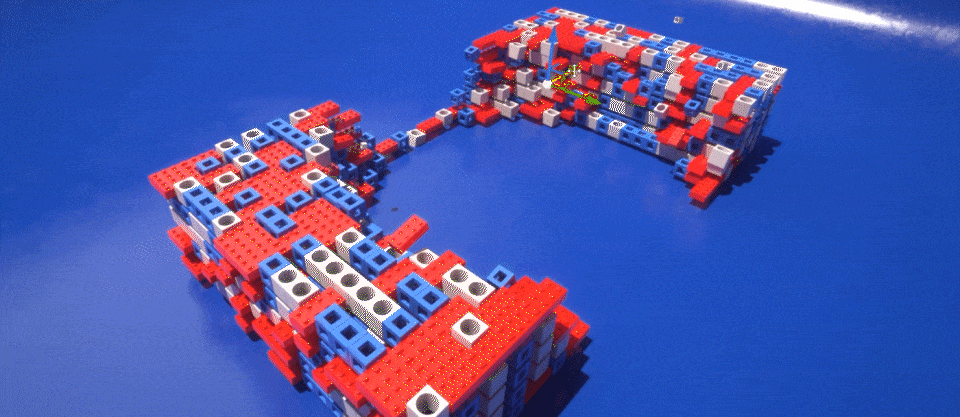
3. Animation: automatic animation retargeting for biped characters
Animators get a number of changes to Unreal Engine’s IK retargeting toolset, for transferring existing animations to characters with different bodily proportions.
The biggest is the new Auto Retargeting system, intended to make retargeting “common bipedal skeletons” more “accessible and consistent”.
It includes a new Auto Retarget Chains tool, which automatically generates retarget chains for a Skeletal Mesh character, and Auto Align, which aligns character poses based on the chains.
There are also a lot of workflow improvements to existing animation features, including redesigns of both the viewport animation gizmos and Unreal Engine’s Constraints system.
4. Rendering: new render graph and render layers system in the Movie Render Queue
For offline rendering, Unreal Engine’s Movie Render Queue gets a new node-based architecture.
The Movie Render Graph should make it easier to scale render settings from individual shots to entire sequences or shows, and provides new “developer-friendly entry points” for scripting.
There is also a new system of Render Layers in addition to the existing Render Passes.
Render Layers are intended for use with pass-based compositing workflows in VFX, animation and visualization, and are supported in both the Path Tracer and Deferred Renderer.
5. Virtual Production: new VR scouting toolkit (Experimental)
Unreal Engine 5.4 features a number of changes to the software’s previs and virtual production tools, but the most eye-catching is the experimental rework of the virtual scouting tools.
The toolset, which makes it possible to view, annotate and edit scenes in VR, now features a more intuitive UX design based on Unreal Engine 5.4’s new underlying XR Creative Framework.
In addition, Live Link VCAM, Epic’s iOS app for controlling a virtual camera inside Unreal Engine via a smartphone, has been renamed Unreal VCam, and is now available on Android.
A desktop Mac version with native Apple Silicon support is “coming soon”.
Other changes include more accurate depth of field for in-camera VFX and multi-GPU support for the inner frustum render of ICVFX cameras.

